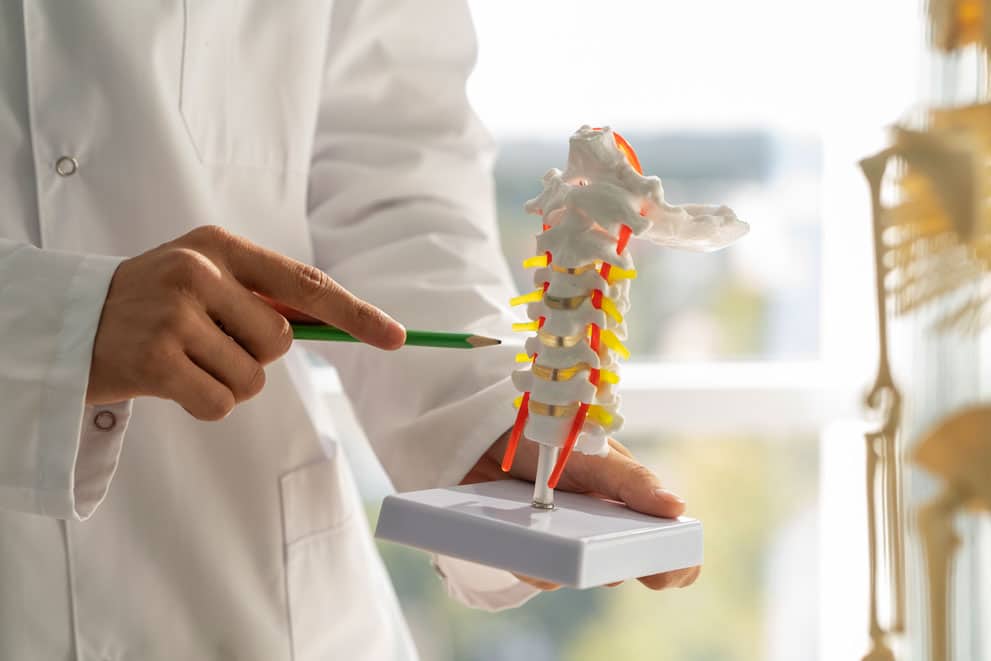SPINAL DECOMPRESSION
Spinal decompression is a medical procedure intended to relieve pressure on the spinal cord or nerve roots that are compressed within or exiting the spinal column. This procedure is essential in the treatment of conditions such as spinal radiculopathy, myelopathy, and claudication, which involve nerve root and spinal cord compression.
Surgical Methods:
- Microdiscectomy (Microdecompression): A minimally invasive surgery where part of a herniated disc is removed to alleviate nerve root pressure and reduce inflammation. This is often used for specific cases of radiculopathy.
- Laminectomy: This can be an open or minimally invasive surgery where a portion of a vertebra or ligaments is removed. It is most effective for treating spinal stenosis that causes claudication and is used in the lumbar, cervical, and thoracic regions of the spine to treat myelopathy.
Non-Surgical Methods:
- Physiotherapy and Traction: These are used as non-surgical spinal decompression methods. Physiotherapy, supported by traction techniques, has been shown in studies, such as a 2021 meta-analysis, to be effective in managing conditions like prolapsed lumbar intervertebral discs.


Applications and Effectiveness
Spinal decompression treatments, whether surgical or non-surgical, aim to improve patient outcomes by addressing the direct causes of back pain and nerve dysfunction. While surgical methods are often used when significant relief from nerve compression is necessary, non-surgical methods like physiotherapy provide alternative options for patients seeking less invasive treatments.
